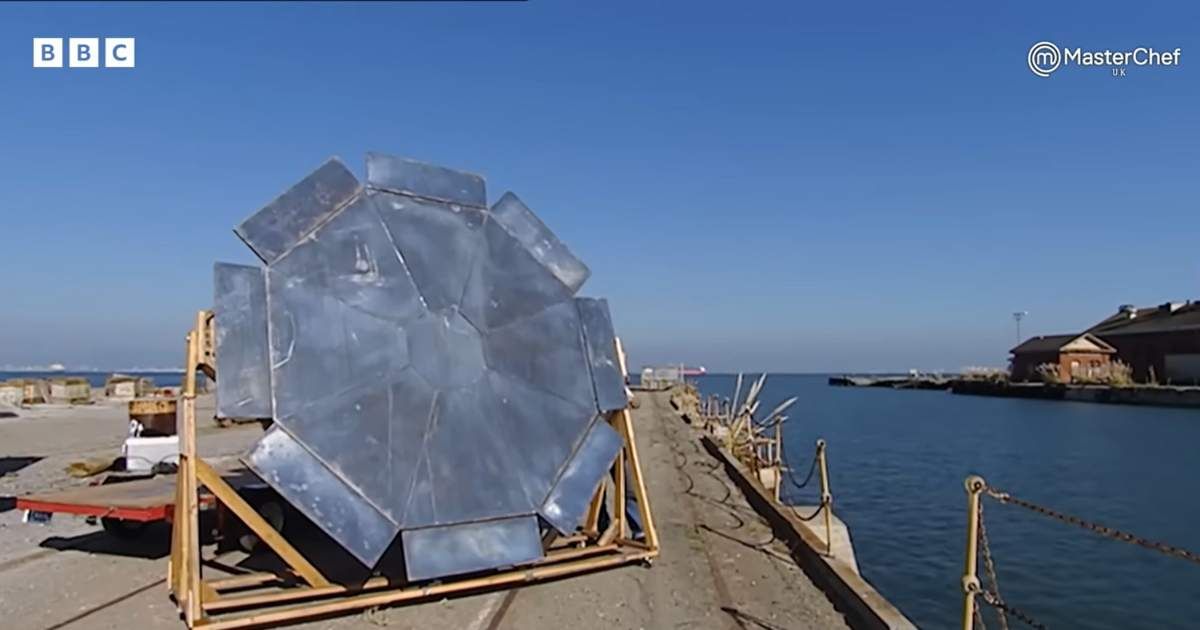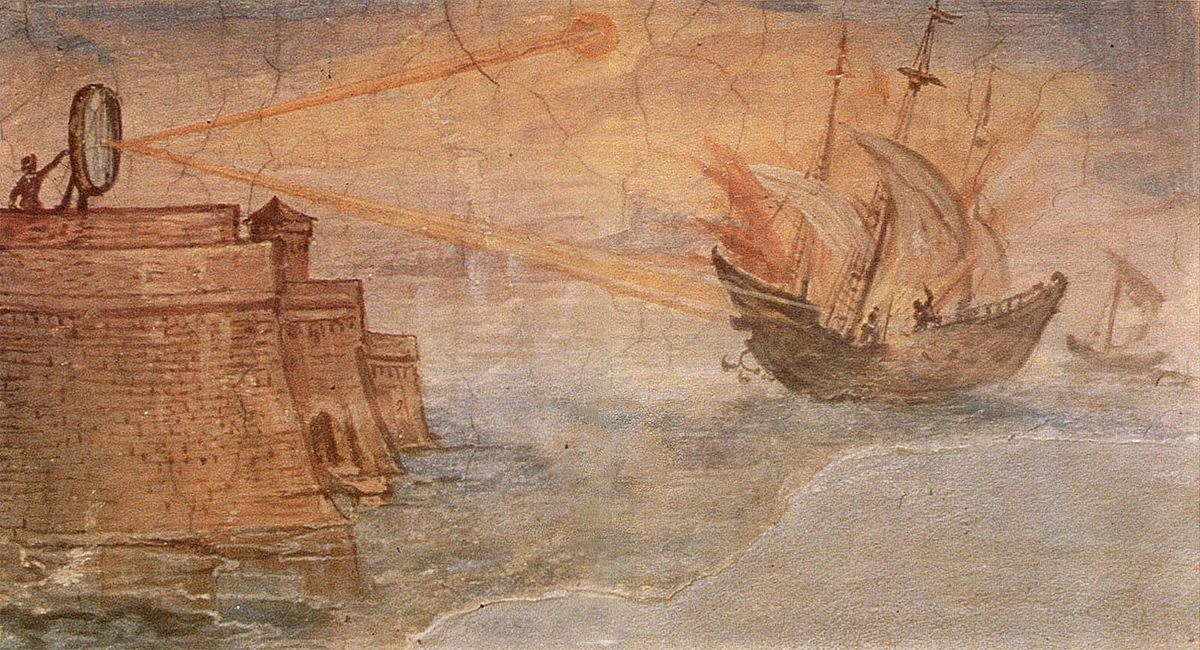Teenager's Miniature Model Proves Archimedes' 'Death Ray' That Supposedly Set Roman Ships on Fire Was Real

Archimedes, a renowned inventor in Ancient Greece, proposed several captivating theories, ideas, and inventions during his lifetime, among them was a "death ray," which still fascinates many. No archaeological evidence suggests that the mythical instrument was ever used in reality, as reported by Popular Mechanics. However, Archimedes' conceptualization of it remains a huge source of debate and discussion amongst experts worldwide. One of his aficionados has now created a miniature version of this marvelous instrument. Brenden Sener, a then-12-year-old boy from London, Ontario, Canada, presented the model in the 2023 Matthews Hall Annual Science Fair. Sener believes that the model and other attempts indicate that the death ray is indeed a plausible concept.

Archimedes' Death Ray
Death ray, also known as heat ray, was a concept presented by the "Father of Mathematics," which claimed that mirrors and sunlight could be used together to set faraway enemy ships on fire. It was allegedly used during the Battle of Syracuse from 214 to 212 BC, where it set Roman ships ablaze. These ships were supposedly in bow-and-arrow range, around 200 to 1,000 feet, according to HowStuffWorks. The condensed light laid such a massive blow that ship after ship sank in the Mediterranean. Galen, the historian, was the first one to mention death ray in his account of the sack of Syracuse. This historical account was written around three centuries after the battle. No other prior account mentions the tool, leading to speculations that it could be a myth.

The Miniature
Sener believes that this concept could become a reality if a series of large concave mirrors were positioned in such a way that they could focus the incoming sun rays to a single focal point. If the arrangement could be facilitated, then the rays could hit a target around 1,000 feet away. Sener created a miniature version centred around this plan. As the sun's proxy, he used a heat lamp and incorporated four conclave mirrors in his arrangement. He chose a specific mark on a cardboard as his target in the experiment.
Brenden Sener brings ancient #myth to life! ⚡
— Inspenet (@Inspenetnetwork) October 14, 2024
A 13-year-old has recreated #Archimedes' Death Ray using mirrors and a heat lamp.
This young #scientist proves that ancient myths can inspire modern #innovation. pic.twitter.com/AX6kRXcbEJ
During the experiment, Sener successfully showcased that the temperature at the target increased as he added mirrors into the setup. He claimed that the miniature proves that the large-scale death ray is also possible. He believes that during the battle, mirrors or highly polished shields may have been used to reflect the sun's rays. Sener found the results to be "quite remarkable as it suggests that light is going in all directions and that the shape of the concave mirror focuses the light waves onto a single point," according to CNN.
Other Attempts
Before Sener, many have tried to verify the death ray with varying results. Popular show "MythBusters" tried to set a wooden boat on fire using their version of death ray in 2004, 2006, and 2010. Each time they failed. In 2005, some scholars at the Massachusetts Institute of Technology (MIT) also tried the same thing and managed to set a wooden boat on fire. However, in subsequent attempts to replicate the feat, they failed. However, Sener believes that his findings and those of MIT students suggest that the death ray is possible, but there are certain constraints they need to keep in mind, like the ship's motion and the sea's impact.